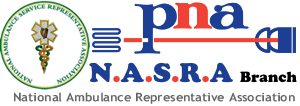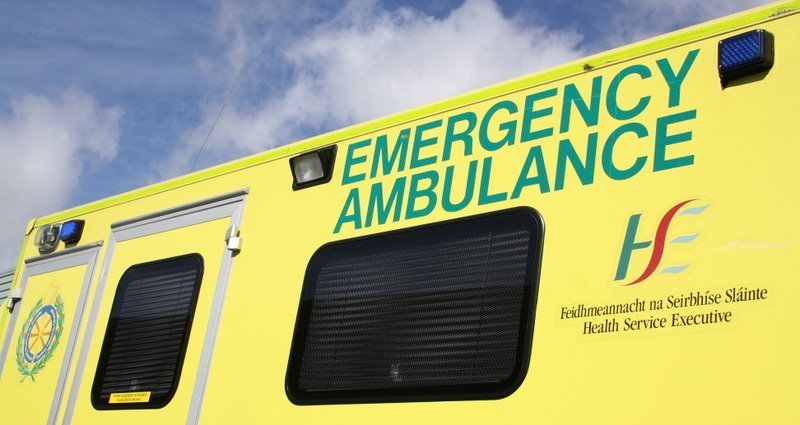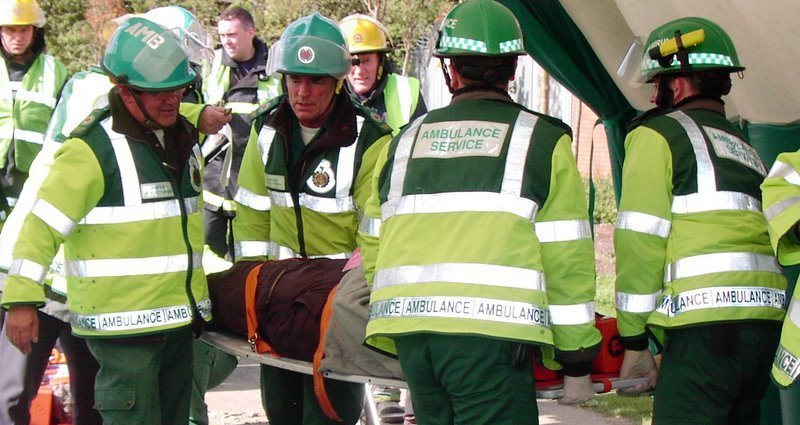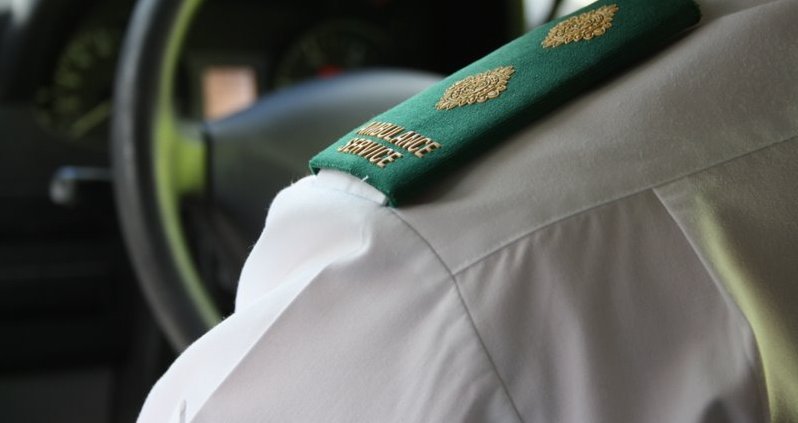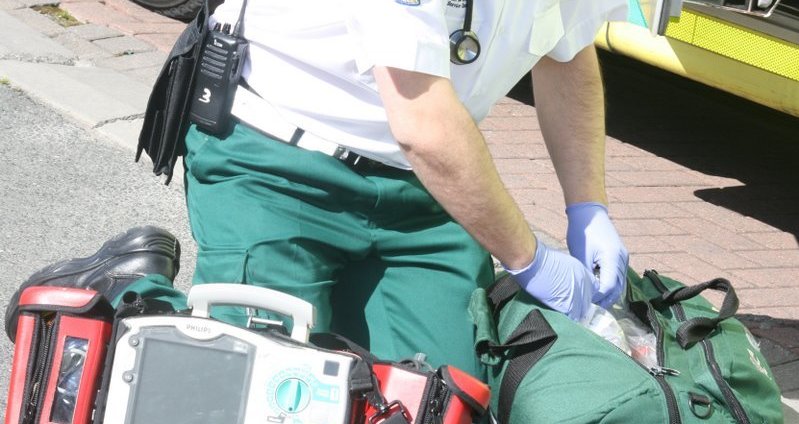 The history of the ambulance begins in ancient times, with the use of carts to transport incurable patients by force. Ambulances were first used for emergency transport in 1487 by the Spanish, and civilian variants were put into operation during the 1830s. Advances in technology throughout the 19th and 20th centuries led to the modern self-powered ambulances that have evolved today.
The history of the ambulance begins in ancient times, with the use of carts to transport incurable patients by force. Ambulances were first used for emergency transport in 1487 by the Spanish, and civilian variants were put into operation during the 1830s. Advances in technology throughout the 19th and 20th centuries led to the modern self-powered ambulances that have evolved today.
The term Ambulance comes from the Latin word ambulare, meaning to walk or move about which is a reference to early medical care where patients were moved by lifting or wheeling. The word originally meant a moving hospital, which follows an army in its movements. During the American Civil War vehicles for conveying the wounded off the field of battle were called Ambulance wagons. Field hospitals were still called Ambulances during the Franco-Prussian War of 1870 and in the Serbo-Turkish war of 1876 even though the wagons were first referred to as Ambulances about 1854 during the Crimean War.
Ambulance services in Ireland were initially provided by County Councils from the early 1900’s to the1970’s. Ambulance drivers were recruited from the local authority pool of drivers and had no formal training until the late 1960’s, the Ambulance driver was accompanied by a nurse from the nearest local hospital who was the first aid renderer on the vehicle.
The mid 1960’s seen the establishment of the National ambulance training board and with it, a first aid syllabus for Ambulance drivers followed in 1966. In rural areas some Ambulance services were provided by Voluntary Aid Organisations. Under the 1970 Health board’s act, the running and provision of Ambulance services became the remit of the newly formed Health boards. Initially 8 Health boards were established but this was later increased to 10 with each area Health board providing its own Ambulance service.
The National Ambulance training school was established in St. Mary’s hospital, Phoenix Park, Dublin in 1986 and some years later the first Government review of Ambulance services in the current context came about in December 1993 and within it the Ambulance service had for the first time been formally recognised as an EMERGENCY SERVICE ”The Ambulance services, together with the Gardai and the local authority services (in particular the fire service) forms a valued and integral part of the emergency services”
This was further confirmed by a letter from Michael Noonan, the then Fine Gael Minister for Health in 1995 when asked to clarify the status of the Country’s Ambulance Service by staff representative bodies.
In1997 on foot of one of the review group’s recommendations, Ireland had its first Emergency Medical Technicians (EMTs) and the year 2000 saw the inception of the pre-hospital emergency care council, an independent statutory body with responsibility for standards in education and training in the field of pre-hospital emergency care. PHECCs primary role is to protect the public. At the beginning of the new millennium, the Irish Ambulance service was a non-regulated profession with no skill matrix or clinical practice guidelines to adhere to.
With the establishment of the PHECC, Irish Ambulance personnel have signed up to a regulatory body with published clinical practice guidelines which are now on there third edition.
The Health Service Executive (HSE) was established by the Health Act, 2004 and came into official operation on January 1, 2005. It replaces the ten regional Health Boards, the Eastern Regional Health Authority and a number of other different agencies and organizations.
The Republic of Ireland National Ambulance Service (NAS) was established in 2005 as part of the Health Service Executive and serves a population of 4,470,700 (Census 2010) over an area of 68,893 sq. km from 94 Ambulance stations with a staff compliment of 1400.
Comparably, the North of Ireland Ambulance Service (NIAMB) serves a population of 1.7 million over an area of 14,100 sq. km from 46 Ambulance stations with a staff compliment of 1100.
Irelands Ambulance Service operational uniform is green trousers with a white shirt and green / saffron high visibility jacket. All National Ambulance Service vehicles are colored a distinctive pale yellow with a double row of green and yellow batten burg markings on the sides.
In 2006 two new practitioner levels were introduced onto the PHECC register, Paramedic and Advanced Paramedic although the titles and qualifications are not recognised by way of re-grading within the statutory HSE Ambulance service.
Irish Ambulance personnel are now answerable to a fitness to practice committee and bound over to hold their place and a register of pre-hospital practitioners, they have a medicinary formularae consisting of 16 drugs for paramedics and 40 drugs for advanced paramedics. They have a skill matrix consisting of almost 90 potentially life-saving interventions for paramedics and 108 life-saving interventions for advanced paramedics, including invasive procedures such as needle cricothyrotomy, needle thoracocentesis and endotracheal intubation.
Irish Ambulance personnel have also completed additional courses such as:
• Non-violent crisis intervention (NVCI)
• Pre-hospital trauma life support (PHTLS)
• Paediatric education for pre-hospital providers (PEPP)
• Major incident medical management and support (MIMMS)
• Advanced driver training courses
This modernisation process includes an undertaking to partake in further training and development and e-learning models of further education through the Pre-hospital emergency care council’s online academy. This e-learning/virtual training package has been designed and developed in order to assist practitioners in achieving new practitioner levels.
In conclusion, Irelands Pre-Hospital practitioners have evolved over the past decade in to a dynamic and competent group of medical professionals upon which other services worldwide should be benchmarked against, all too often their commitment to serve the public and their dedication to their profession is forgotten and indeed ignored.
“FOR PEOPLE AND SERVICES”
NASRA©
